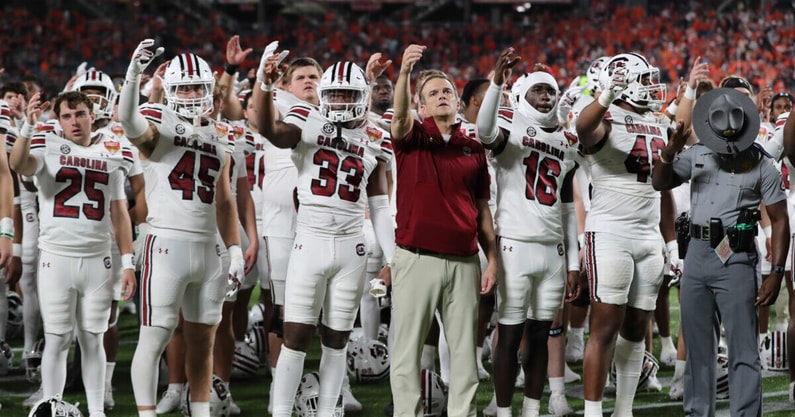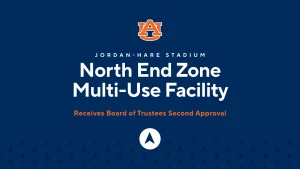
Slow Second Signing Days for South Carolina | Gamecocks
The Evolution of National Signing Day in College Football
National Signing Day, traditionally held in February, has been one of the most anticipated events in college football. Coaches, fans, and analysts alike have treated the day as the final chapter in the recruiting saga, where top prospects announce their decisions and sign their letters of intent.
However, as college football recruiting has evolved, so too have the dynamics surrounding signing day. The early signing period, which was introduced in 2017, allows recruits to sign with their chosen schools as early as December, making the traditional February date less significant for many programs. The early period, especially when combined with the growing influence of the transfer portal, has altered the importance of National Signing Day, especially for programs like South Carolina, where they focus on filling key spots early in the recruiting cycle.
South Carolina’s Recruiting Strategy: The Rise of the Early Signing Period
The Gamecocks’ decision to place greater emphasis on the early signing period has been a significant factor in shaping their recruiting strategy. By locking in top talent early, South Carolina can focus on development and building relationships with players during the spring and summer months, rather than chasing late commitments.
A key benefit of this approach is the ability to solidify the class earlier, allowing the staff to focus on positional needs and evaluate the recruits more effectively. Additionally, early commits can help set the tone for the recruiting class and potentially influence other high-profile recruits to follow suit.
Dealing with the Transfer Portal
In addition to the early signing period, the rise of the transfer portal has had a profound effect on the way South Carolina approaches recruiting. The transfer portal has become a vital tool for coaches looking to quickly bolster their roster with experienced players who can make an immediate impact. As a result, many programs, including South Carolina, are placing less emphasis on the late additions that typically occur during National Signing Day and focusing more on filling holes through transfers.
For South Carolina, this strategy makes sense. With coach Shane Beamer’s reputation as a recruiter and the growing appeal of the program, South Carolina has been able to leverage the transfer portal to enhance the team’s competitiveness without relying solely on high school recruits.
The Quiet Nature of South Carolina’s Second Signing Days
While other SEC programs like Alabama, Georgia, and LSU often make a splash with major signings on the traditional National Signing Day, South Carolina has typically kept a low profile in February. This approach reflects the program’s ongoing shift in priorities. Rather than chasing after every available recruit, South Carolina is content with the commitments they secured in December and may look to the spring or even the summer for a few final pieces.
Additionally, this strategy avoids the drama and uncertainty that often accompanies late signings. By taking care of business early, South Carolina minimizes the risk of losing out on a top target to a rival school. This can be particularly important in the SEC, where the competition for top recruits is fierce.
Why This Approach Works for South Carolina
While the Gamecocks might not enjoy the same level of headline-grabbing signings on National Signing Day as some of their SEC counterparts, their recruiting strategy has paid dividends in recent seasons. Under head coach Shane Beamer, South Carolina has made significant strides in building a competitive roster, and the results are starting to show on the field.
The Gamecocks have attracted notable recruits in recent years, even if these signings weren’t necessarily announced on the traditional signing day. Players like defensive lineman Elijah Davis, who was part of the early class, have quickly made their presence felt. Similarly, by focusing on getting the right pieces early, the Gamecocks have been able to build depth and create a more cohesive team.
Moreover, South Carolina has built a reputation as a program that develops talent, with Beamer placing emphasis on player development and cultivating a strong culture within the team. This approach has enabled South Carolina to recruit players who fit the program’s long-term goals, rather than simply chasing the highest-rated recruits in the immediate term.
Looking Ahead: Is South Carolina’s Approach the Future of Recruiting?
South Carolina’s decision to scale back on National Signing Day and focus on early commitments may not be unique to the program in the long run. As the landscape of college football continues to evolve with the early signing period and transfer portal, more schools may begin to follow the Gamecocks’ example.
The transfer portal, in particular, offers a new avenue for teams to quickly reload, which could shift the focus away from late signings in February. While National Signing Day may still be an important date for some programs, its traditional significance may continue to diminish as more schools shift to a year-round approach to roster management.
This evolution is not without its challenges. For one, relying heavily on early commits and transfers may cause programs to miss out on late-blooming recruits who could have developed into stars. Programs must also balance the pressure to win now with the long-term benefits of building a sustainable program.
South Carolina’s approach to recruiting, with a focus on early signings and a more subdued National Signing Day, reflects a calculated effort to build a competitive team for the future. By securing commitments ahead of time and using the transfer portal effectively, the Gamecocks have positioned themselves to be successful both in the short term and in the years to come.
While National Signing Day may still be a big event for some programs, South Carolina’s shift towards early signings and the strategic use of the transfer portal has allowed them to bypass the chaos that often surrounds the traditional signing period. Whether or not this model becomes the norm across college football remains to be seen, but for South Carolina, it has proven to be an effective way to navigate the complexities of modern recruiting.
As the college football recruiting landscape continues to evolve, expect more teams to adjust their strategies, and for programs like South Carolina to set the tone for how success can be achieved with a steady and stable approach.





